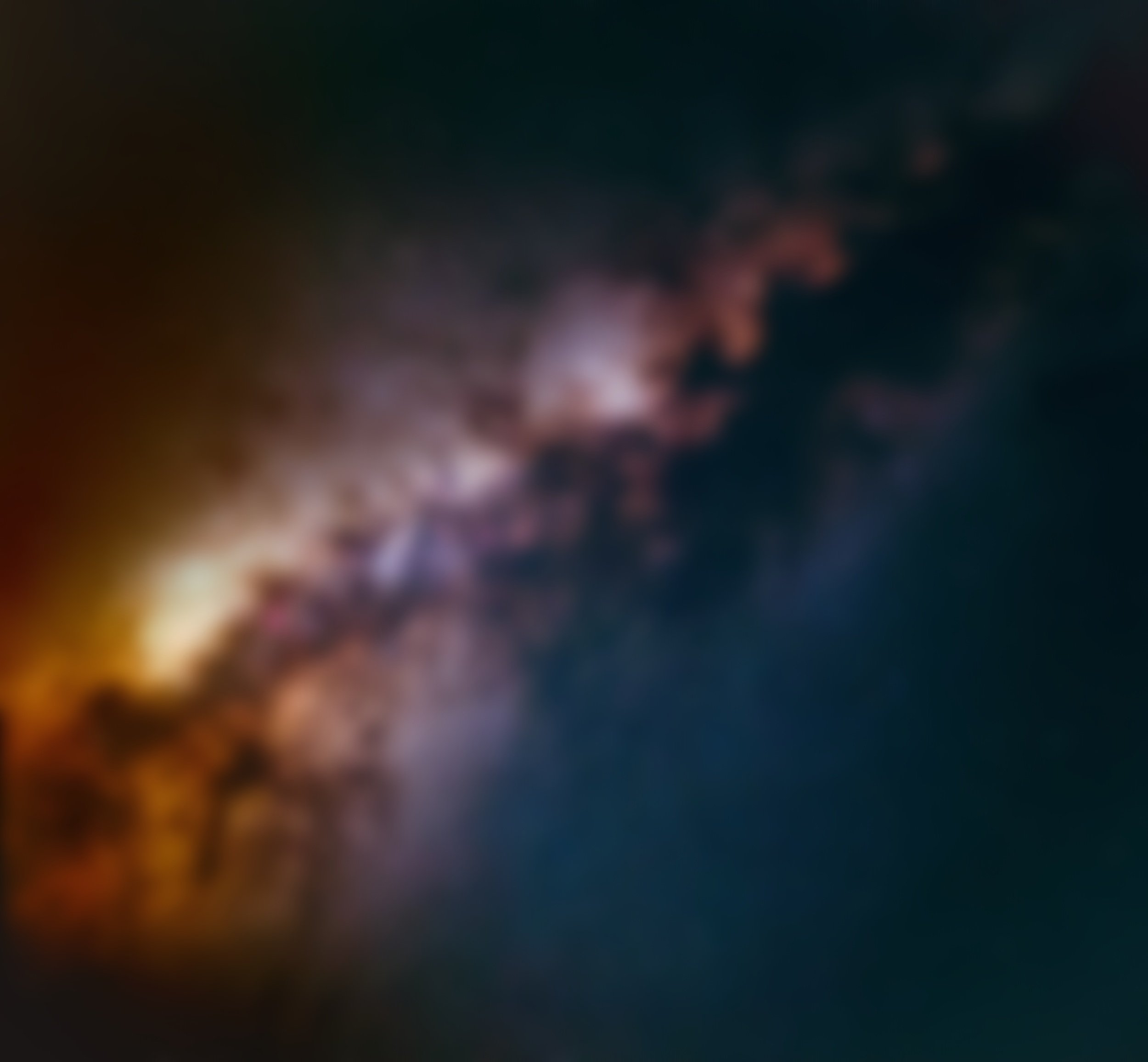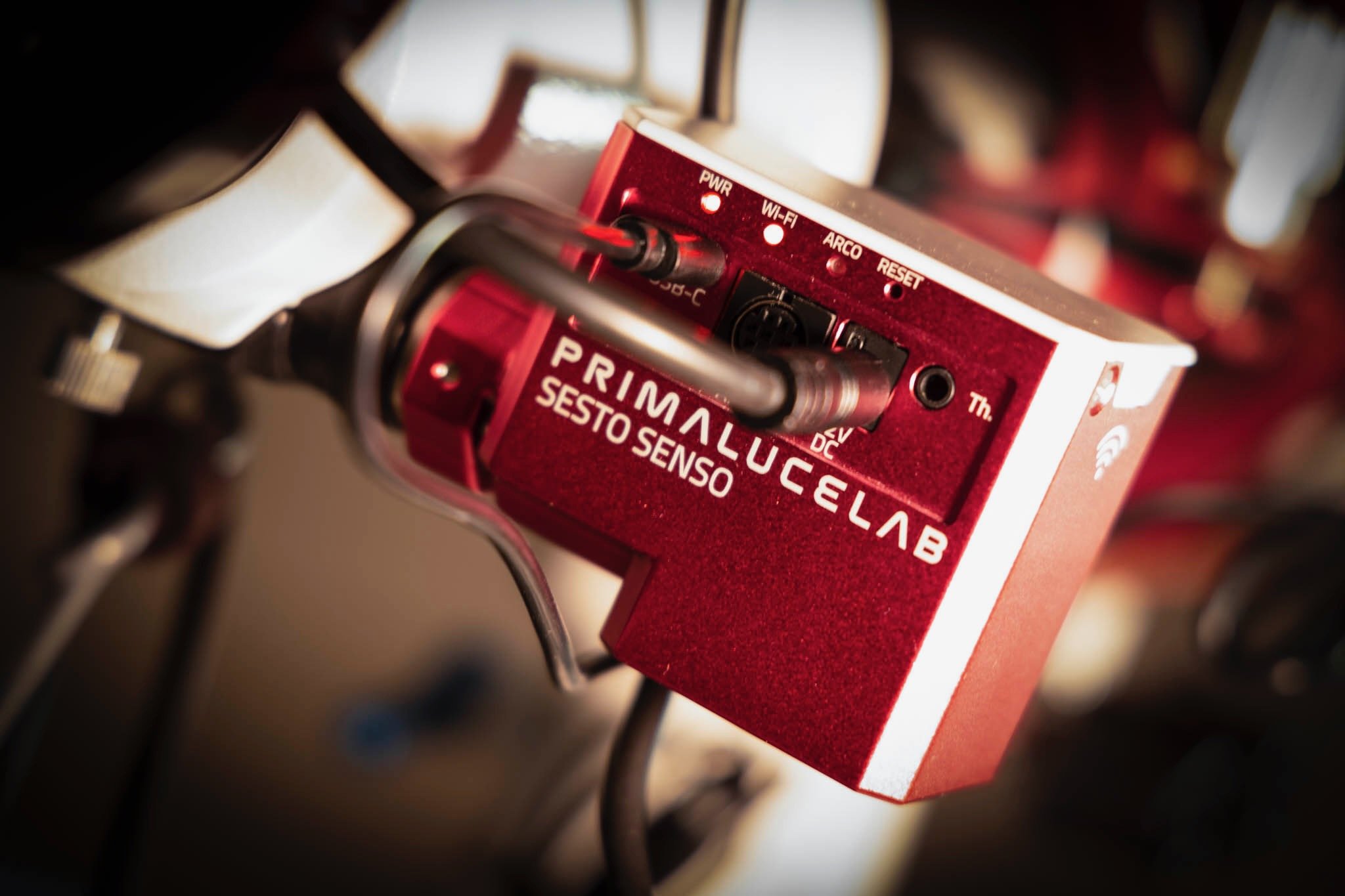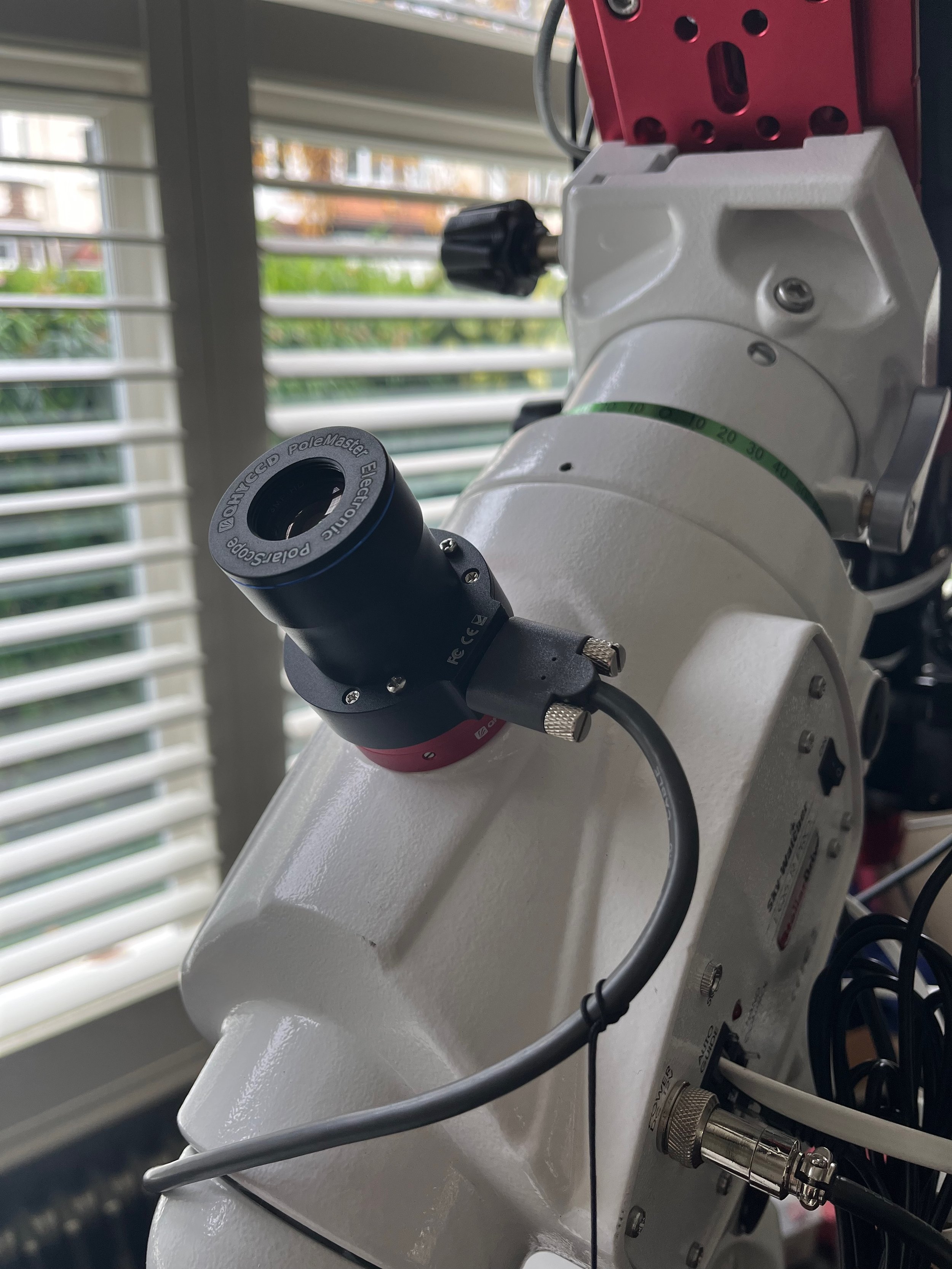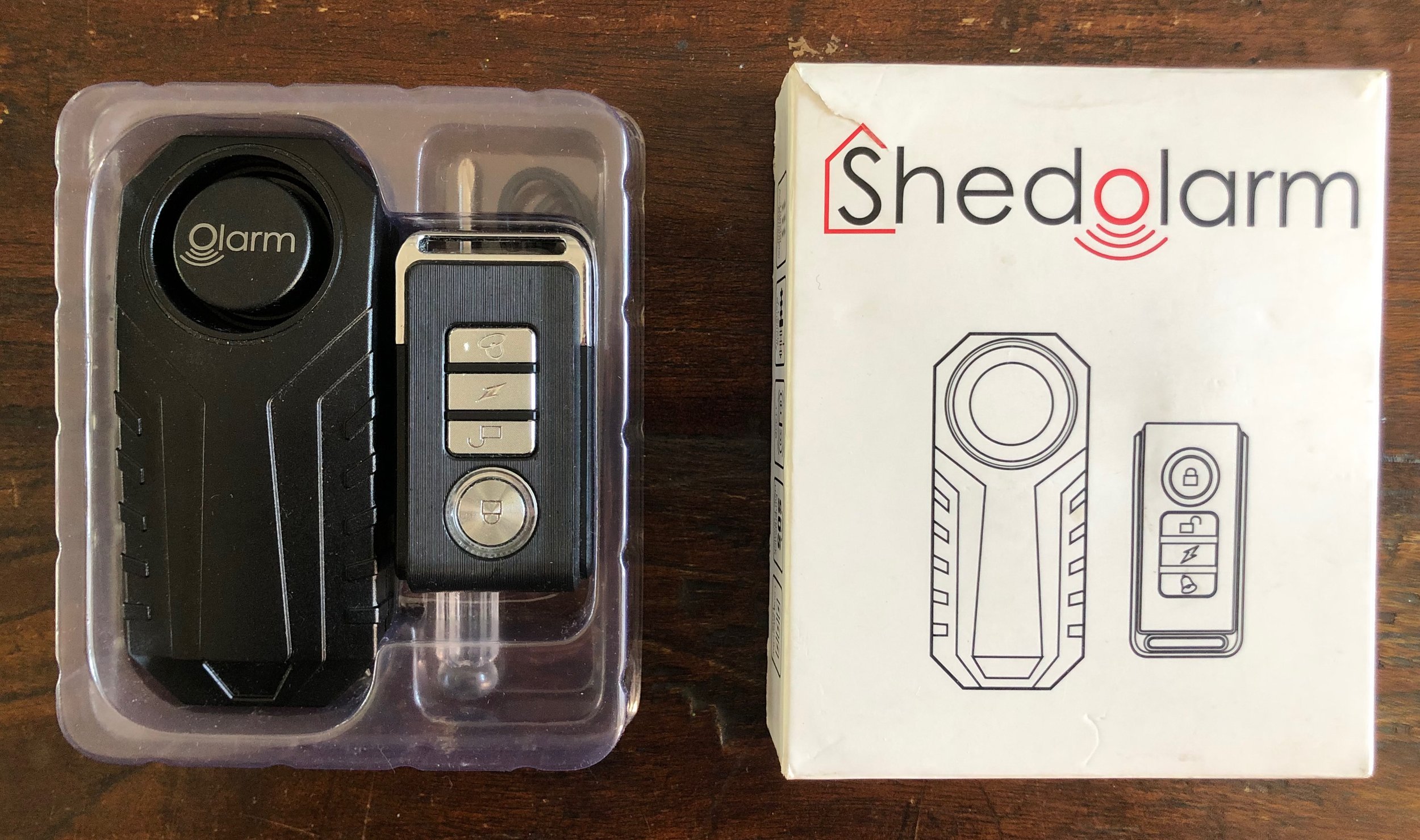
Equipment
UK telescope rig
Telescope: ZWO FF107 Quadruplet
ZWO AM5n harmonic drive mount
ZWO ASI2600MM Pro mono camera
Atik EFW 2.2 Filter wheel
Filters: Antlia 3nm Ha, OIII, SII. Atik luminance, red, green, blue
Primalucelab Eagle 4 computer
William Optics Uniguide 50 guidescope
ZWO ASI220 mini guide camera
Kendrick Dew heaters
Primalucelab Sento Senso autofocuser
PoleMaster for polar alignment
Texas telescope rig
Telescope: ZWO FF107 Quadruplet
ZWO AM5n harmonic drive mount
ZWO ASI2600MM Pro mono camera
ZWO EFW 2.2 Filter wheel
Filters: Antlia 3nm Ha, OIII, SII. Atik luminance, red, green, blue
Primalucelab Eagle 5S computer
Primalucelab 60mm guidescope
ZWO ASI220 mini guide camera
Dew-not dew heaters
Primalucelab ESATTO focuser
Primalucelab ARCO rotator
DSLR rig
Canon EOS Ra
Canon lens 24-105mm f4 L IS USM
Canon lens 15-35 F2.8 L IS USM
Sigma lens 150-600mm
Kendrick Firefly dew heater
SkyWatcher Star Adventurer mount
Astronomik 12nm Ha clip filter
‘Shoot’ intervalometer

Telescope accessories
With my telescope I use a ZW0ASI2600MM Pro monochrome CMOS camera , cooled to 15 degrees below ambient temperature to reduce visual noise.
I prefer to use a monochrome camera because each photosite on the sensor will spick up light whatever colour it is. The colours can be assigned during processing to create a colour image.
A colour sensor on the other hand has a Bayer Filter. In this case, an individual photosite will only sense one specific colour - either red, green or blue. If for example you have a predominantly red image, less than half the photosites will be sensing that red light.
Monochrome sensors are more efficient.
Positioned between the camera and telescope I use EFW filter wheels (ZWO and ATIK) which can be rotated to select any of the following filters: Red, Green. Blue, Luminance, Hydrogen-alpha, Sulpher II, Oxygen III.
I use Primalucelab’s Eagle 4 computer which sits on the telescope (or Eagle 5S in Texas). I used to have wires hanging out like plates of spaghetti, snagging on the mount and acting as trip hazards. This unit tidied everything up, but also stores all my favourite software to operate the telescope and I can access it on my remote laptop via a wifi link, even from the comfort of my bed when the telescope is working away in the back garden. The Eagle 4 has a small lens with a sensor to monitor sky darkness - a handy addition.
I am a big fan of equipment from the Italian company Primalucelab. I use their Sento Senso focuser (or Esatto in Texas) which saves a lot of time and automatically refocuses as temperatures drop. Their kit looks cool also - Italian flair.
This PoleMaster camera and software enables accurate polar-alignment. Pictured here on my previous EQ6 R Pro mount, but I now use it on my AM5n.
On windy days I use a pop-up observatory tent, made by Explore Scientific. It’s quick and easy to pitch and makes a huge difference when the slightest gust of wind can lead to a wobbly, wasted sub-frame.
My ‘Shedolarm’ is a cheap piece of kit that gives me peace of mind when I am in bed sleeping and the telescope is working away automatically in the back garden. It’s a simple motion-sensitive alarm designed for sheds. But you can Velcro it to a telescope mount and if a thief wobbles the scope it will set off an ear-piercing shriek.

DSLR Accessories
This SkyWatcher Star Adventurer mount is a really useful piece of kit for my full-frame mirrorless camera. It takes just a few minutes to set up and tracks the stars pretty well. I use it for Milky Way images and it runs on four AA batteries, so what could be simpler? The mount goes into my carry-on holdall on flights as an essential piece of travel equipment.
If it is a chilly night, dew or ice can form on your lens, ruining your exposures. The answer is to fit a dew heater. I really like the Kendrick Firefly. Whilst travelling and not wanting to carry a hefty dew heater battery, I tried fitting hand warmers, attaching them with Velcro to the lens hood. This did the job.
This is my intervalometer, a cheap but very useful piece of kit for my Canon EOS Ra mirrorless camera. Simply plug it into a camera, which should be on the bulb setting. Then tap in the number and duration of exposures you want and it will set to work for you whilst you open a beer and gaze up at the wonders of the cosmos.
This Sigma lens has a 150-600mm focal length and it’s a bit of a bazooka. But it is great for shots putting the moon into context next to a landscape features or sitting amongst the clouds.

Winter Warmers, lights and scary creatures
Long winter nights are ideal for astrophotography but it’s essential to keep warm. I am not sponsored by anyone, so here goes with some honest brand recommendations…
I stick Hot Hands warmers into my gloves. They also go into my Sorel Caribou boots and even under my beanie hat.
Rab Ascent 1100 Down Sleeping Bag.
Rab Argon over-trousers. These are amazingly warm and look completely ridiculous but hey, no one cares about your terrible fashion sense if it’s too dark to be seen.
Canadian brand Arc’terx puffer jacket and beanie hat.
I once worked with an arctic logistics expert who told me about the layer principle - lots of thin layers are more effective than fewer thicker ones.
This picture was taken on the coldest night that I camped with my telescope. Temperatures plunged to minus 6 degrees centigrade, which is exceptional for the south of the UK.
One piece of kit that can’t go without mention is this trusty Petzl head torch. An essential item.
Finally, for the dark forests of Vancouver Island which I visit once a year, here is an essential item for peace of mind… ‘Frontiersman’ bear spray. Not yet used!























